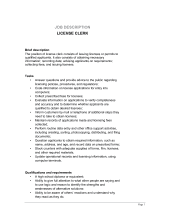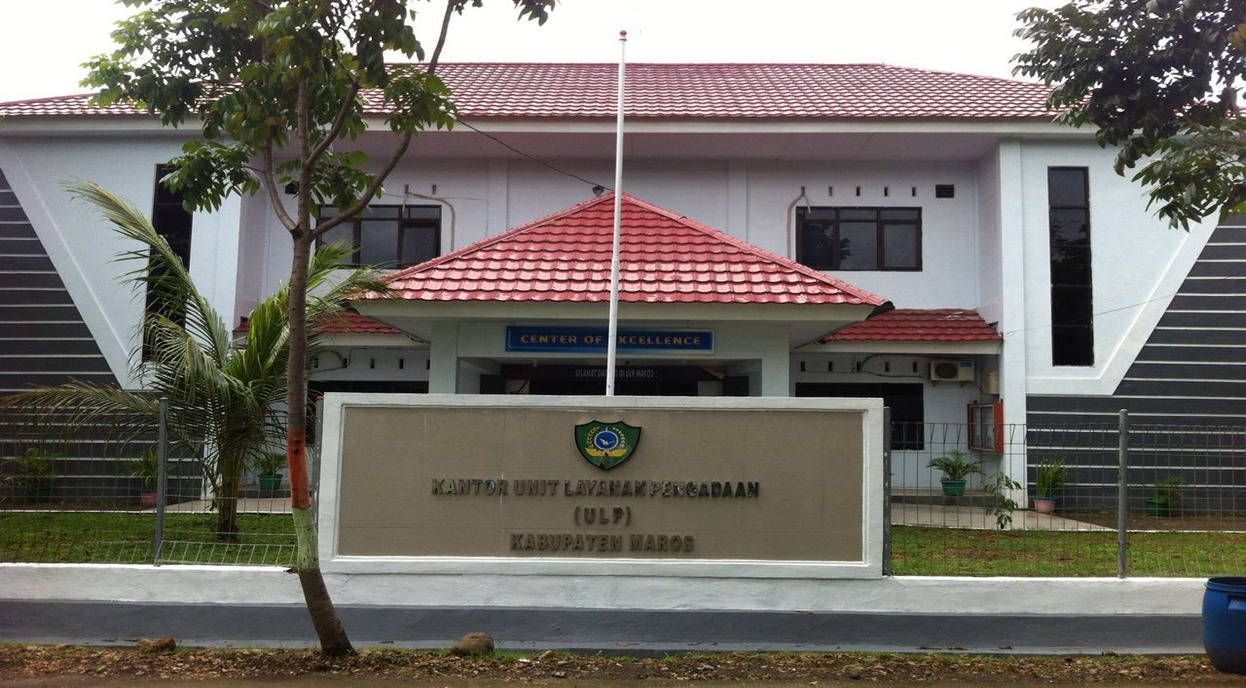The Impact of Blockchain Technology on Accounting and Auditing

Next, stop words, such as the, and, but, if, or, are removed, and the remaining words are lemmatised into their dictionary word. Finally, the documents are turned into a bag-of-words format and fed into the LDA model. If the result is greater or equal to the target value (pattern), the nonce is incremented and the hash is recalculated. If the result is less than the target value (pattern), the computed hash solved the proof and the block is added to the blockchain.
Report an issue or find answers to frequently asked questions
Nor can individuals collude to override controls or illicitly change or delete official accounting records (Wang and Kogan, 2018). Companies that incorporate blockchain into their accounting systems therefore may reduce their risk how much of my internet expenses are deductible on my 1040 of fraud (Dai et al., 2017). Using blockchain might also mean more transactions can be automated, less data are lost, transactions can be tracked better and users’ needs throughout the process can be detected more easily (Fullana and Ruiz, 2021; Bonsón and Bednárová, 2019). However, the primary and most valuable difference between traditional databases and blockchain is its novel solution to control whereby transactions cannot be deleted or changed (Coyne and McMickle, 2017; Dai et al., 2017).

Today’s audit technology opportunity
By combining machine-learning methods with more traditional approaches, we were able to draw a holistic picture of the critical advances and trends in the corpus of literature. The results indicate that the most widely discussed topics are the changing role of accountants, new challenges for auditors, the opportunities and challenges of blockchain technology application, and the regulation of cryptoassets. Our analysis reveals that more going concern accounting and auditing than two-thirds of the papers under review were published in journals, while less than a third represent works in progress uploaded to SSRN. The top accounting journals from the ABS and ABDC rankings appear to be resistant to the blockchain field of research, as they have published only a few papers devoted to the technology. This could be because those journals are less friendly towards phenomenon-based research (Von Krogh et al., 2012) than fundamental research or that the publication process takes much longer, and we will see more papers in the upcoming years. Another reason could be that most existing articles are normative and are looking at the future applications of blockchain.
- This study’s analysis combined a structured literature review with citation analysis, topic modelling using a machine learning approach and a manual review of selected articles.
- Some say that they fit in with the existing accounting standards, while others state there is a need to develop a new regulatory framework that will decrease the probability of fraud (Auer, 2019; Pimentel et al., 2019).
- What could be an even more profound transformation of the profession is how the work of accountants might no longer involve only recording transactions.
- Rather, they suggest that auditing will take on new features and become more complicated (Dai et al., 2019; Issa et al., 2016).
Blockchain Technology in Financial Accounting: Enhancing Transparency, Security, and ESG Reporting
Rather, we see it evolving into a new role within companies and the ecosystem of blockchain accounting. Although the LDA method helped us to identify past and current trends in the literature, Cai et al. (2019, p. 710) contend that “the human researcher is potentially better equipped to evaluate future trends in the literature”. Hence, we also manually reviewed the 15 articles identified in the LDA analysis as the most representative of each topic. This review affirmed the results of the LDA analysis and gave us the opportunity to offer a critique and gain more insights while identifying future research directions. With Deloitte COINIA, hundreds of thousands of addresses can be loaded in bulk for a variety of crypto assets, and Deloitte can see 100 percent of the transactions and reconcile them to clients’ books and records. Deloitte COINIA also assists with off-chain verification of private key ownership by using accelerated depreciation for business tax savings an innovative, custom-developed workflow to confirm the integrity of a signed message.
Academics, together with practitioners, should work on specifying how these regulatory dimensions need to be developed, what type of disclosures are relevant to cryptocurrencies and how disclosure costs may further impact market uncertainty (Cao et al., 2018). Clarifying the regulatory framework will probably also lead to more ICOs, as initiators will be better prepared and be able to respond to uncertainty in blockchain policy by increasing their voluntary disclosures (Zhang et al., 2021; Gurrea-Martínez and Remolina, 2018). Research on the efficiency and effectiveness of ICOs will be of high interest in the future.
So with blockchain, it will likely develop into and become a more prevalent feature of daily and economic life. (2019), “The forthcoming data ecosystem for business measurement and assurance”, Journal of Emerging Technologies in Accounting, Vol. When conducting an SLR, it is important to assemble a proper body of literature so as not to bias the results (Massaro et al., 2016). We selected the research articles for this study following a three-phase procedure. Although auditing will continue to evolve (as it always has), auditing is likely to be around well into the foreseeable future. Using a personal home computer in 2015, it would take about 98 years to mine just one Bitcoin.
Broadly speaking, financial systems—especially accounting systems—are being pushed from the physical world to the digital world. To some, blockchain represents a “movement” rather than a technology and describes migration to blockchain technology as a form of risk mitigation to avoid technological obsolescence. To others, blockchain technology is essentially about reducing information risk and providing trust regarding accounting data.
The following views regarding the future research trends were framed by the insights in the previous section and reviewing the most representative papers for each topic. To gain real efficiencies in the use of blockchain or any technology, there is a need to reengineer, rather than just automate, existing processes. Unfortunately, many of the proposals for the use of blockchain are aimed at automating existing processes, typically in an approach to leverage the immutability and digitisation of paper, but generally do not propose or use changes in the processes. … continuously collect data from the real world, create a variety of intelligent modules for real-time auditing, monitoring, fraud detection, etc., and thereby improve the effectiveness and efficiency of assurance services. Users control the addition of millions of transactions trying to post a sync at once by grouping these into blocks and adding blocks one at a time, in sequence. The rapid evolution of technology is quickly changing the way business is conducted across all industries, even some that are centuries old.
